The Jim Henson Company is revisiting ’80s classic The Dark Crystal for Netflix. Benji Wilson discovers how puppetry was married with special effects to bring the world bang up to date
At Langley Studios, half an hour west of London, they’re trying to make a puppet swim. It’s for a scene in The Dark Crystal: Age Of Resistance, Netflix’s 10-hour return to the fantasy world of Jim Henson’s 1982 cult movie.
Rian, one of the Gelfling tribe – the put-upon heroes in the benighted land of Thra – has jumped off a tower and is about to land in a moat. Or so we’re told. What’s in front of us is a green screen and two puppeteers dressed head to toe in green, manipulating the Rian marionette.
Two further puppeteers surround him, turning and twisting rods to try to make him swim. Breaststroke is jerky and looks unrealistic, so they switch to doggy paddle. Another puppeteer comes to control the kicking legs. It looks a little like an operating theatre for major surgery in a large green hospital.
Production company The Jim Henson Company
Length 10 x 60 minutes
TX 30 August, Netflix (global)
Executive producers Lisa Henson; Louis Leterrier; Halle Stanford
Producer Ritamarie Peruggi
Director Louis Leterrier
Writers Javier Grillo-Marxauch; Jeffrey Addiss; Will Matthews
Then suddenly, the conversation ceases, the shadow unit director calls action and it all makes sense. A wind cannon is fired vertically to suggest the puppet is falling, the puppeteers do their subtle dance and as if by magic, Rian is alive, falling, hitting the water, swimming to the surface.
By the time it makes it into episode one of The Dark Crystal, Rian will look like a real creature, with a face and a character all his own.
The effort involved in realising a two-line stage direction gives you some idea of how much time, expertise and money has gone into Netflix’s resurrection of one of the 1980s’ most beloved movies. “This is historic,” says Brian Froud.
“We could have made it before 3D printers were available but they give us an advantage creatively and financially”
Gavin Bocquet, production designer
He should know – he was the conceptual designer and costume designer for the original film (as well as for that other 1980s Henson classic, Labyrinth).
“Since The Dark Crystal film, nobody has made puppets like this,” says Froud. “We had to rediscover how to For production designer Gavin Bocquet, whose credits include Star Wars: The Phantom Menace, the main complications were to do with scale.
“The Gelflings are half our size,” he explains. “It took us about 10 months to get our heads around that, and what it has meant is that every single stage is raised by about four feet, with the puppeteers put on these hexagonal platforms beneath the stage, as the shorter Gelflings are on lower rostrums and the Skeksis on higher ones.”
Set and prop design were done using 3D printing. “Ten years ago, we’d do little cut-out card pieces but today we print them,” says Bocquet. “Our world is organic – there are hardly any straight lines – so anything we can sculpt and put on the printers we do.”
Epic craftmanship
Bocquet offers a look at the Skeksis carriage, which uses four creatures rolled up like woodlice for its wheels.
“That was a 2D concept,” he says. “Then we digitally sculpted it in 3D, and sent that same file to a five-axis cutter robot printer so it would come back printed as a full-size piece.
“Of course, we could have made it before 3D printers were available but they give us an advantage creatively and financially – you can use the model to look at different set-ups and it gives us more variety to show to director Louis Leterrier.”
Translate that sort of detail to the 65 separate sets that were built and The Dark Crystal is first and foremost an awesome feat of craftsmanship.
“It’s been made like a giant special-effects movie,” says Jason Isaacs, who voices the Skeksis Emperor.
“I saw the original Jim Henson Company film many hundreds of times and this is an amazingly bold and creative project. The remarkable artistry in making the creatures and the world around them reminded me a lot of the stunning detail in the Harry Potter series.”
“People have realised something has been missing from animation and computer graphics, and that is character and charm”
Brian Froud, character and costume designer
Fond recollections of the original movie have attracted a high-quality voice cast. Taron Egerton plays Rian, with Anya Taylor-Joy and Game Of Thrones’ Nathalie Emmanuel making up the three main Gelflings.
“People have realised something has been missing from animation and computer graphics, and that is character and charm,” says Froud. “Hopefully, we can bring some of that back.”
PULLING THE STRINGS OF A PUPPET CLASSIC
Ritamarie Peruggi, producer
I’ve had experience producing puppets all my life and I’ve had a long association with The Jim Henson Company, having been there on and off since 1981. I produced the Muppet*Vision 3D movie with Jim Henson – the last work that he did before he passed.
I joined this Dark Crystal project when the Henson Company began to pitch it to Netflix. Louis Leterrier was already attached and writers Jeff Addiss and Will Matthews really had a wonderful story to tell.
The pitch laid out 10 episodes. The question was how we were we going to do it.
Nearly two years ago, Netflix put some money behind a test we’d created to figure out the format methodology – the team there really wanted to do live action. At one point, it had been an animated project but Netflix then decided we should really do it with puppets.
Around January 2017, it was confirmed that was the route we’d take but in addition we could employ visual effects that could never have been used in the past. However, The Dark Crystal will always have a puppet base.
Louis very much wanted to create it in the UK. Henson has huge history here and Britain also has an acclaimed record of fantasy genre film-making. There’s a great art base and a great puppeteer base here and, as a result, we have an amazing crew.
We auditioned puppeteers from around the UK and found an amazing core of professionals with a really great sense of drama. You have to believe in the characters and the puppeteers have to bring them to life.
Our ultimate aim is to bring back live-action puppetry, and we have hugely expanded on the film.























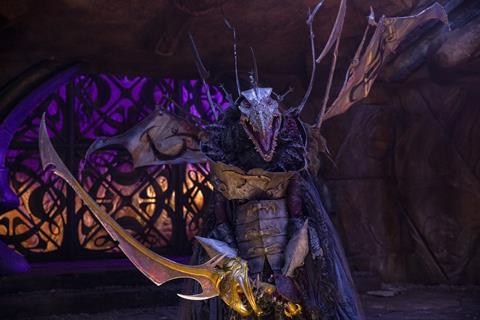
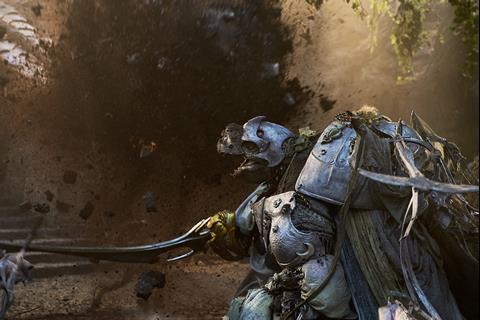
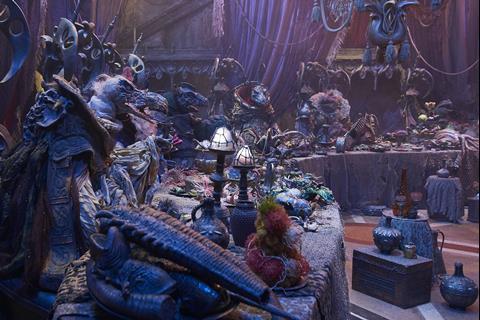
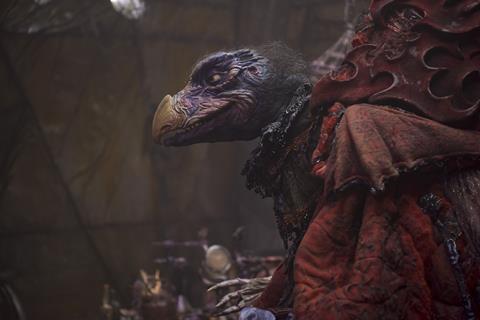


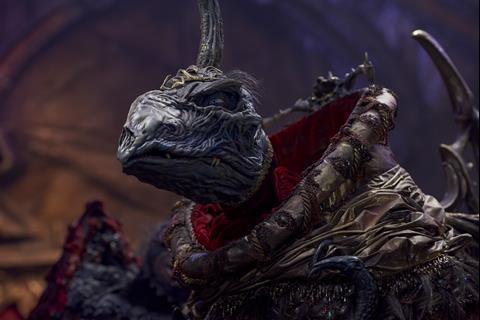




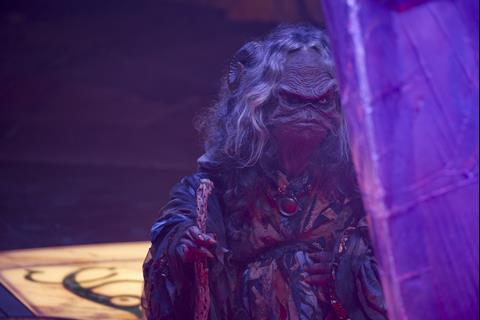
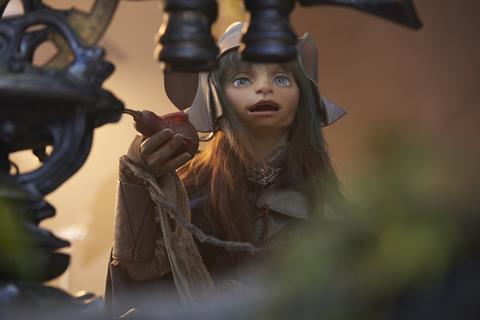
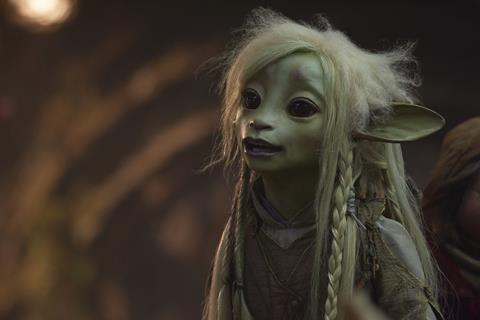
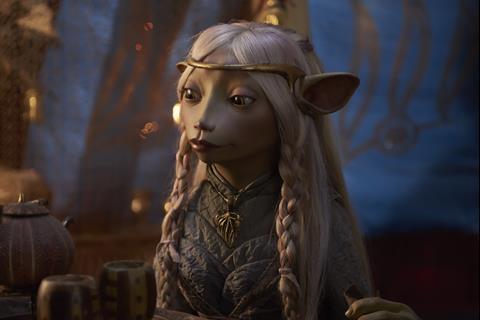

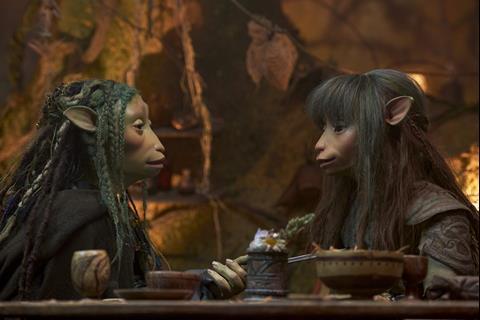

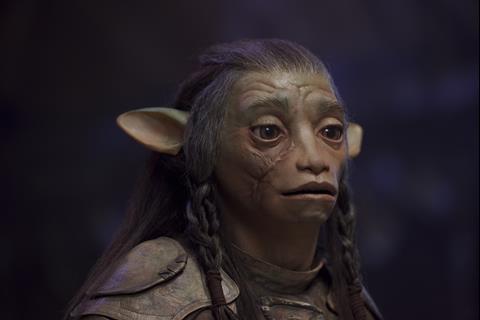
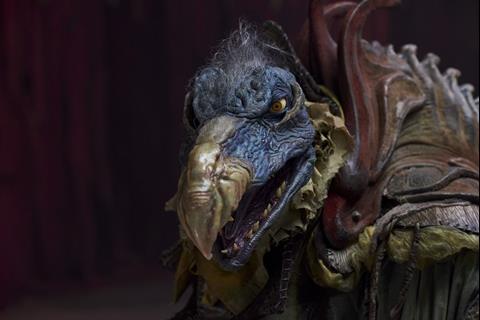

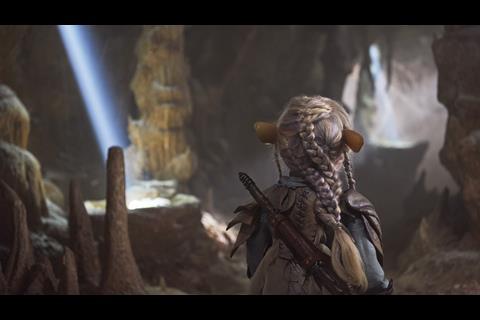

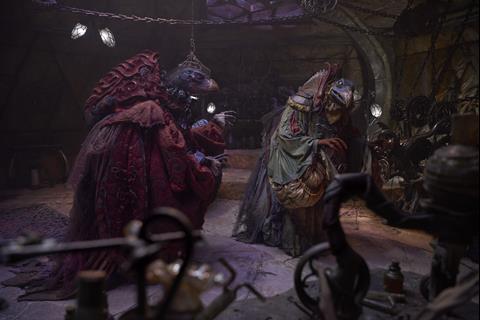



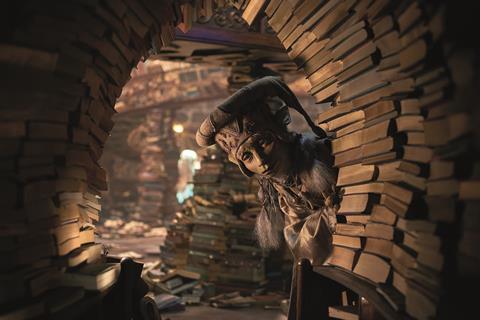
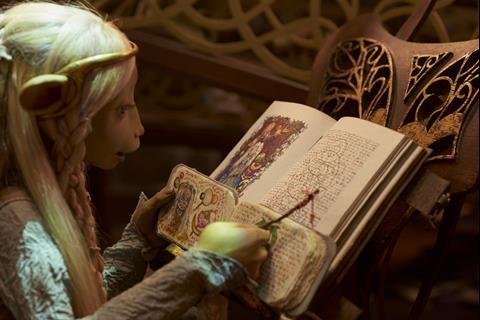
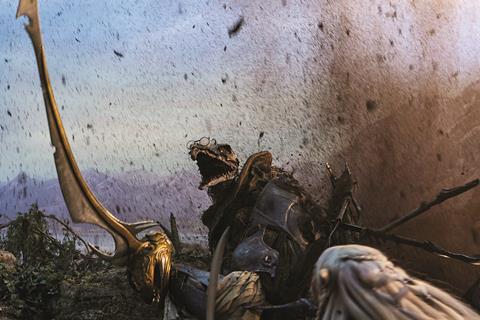



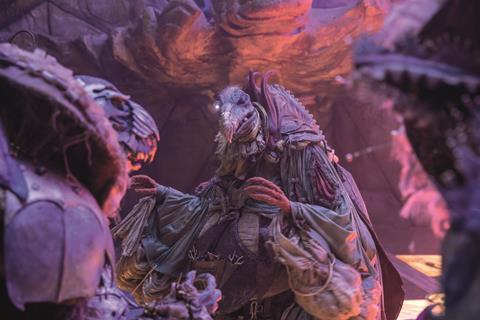
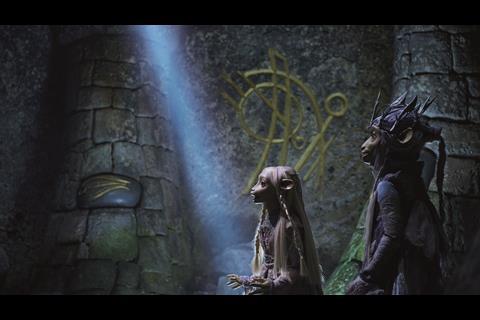

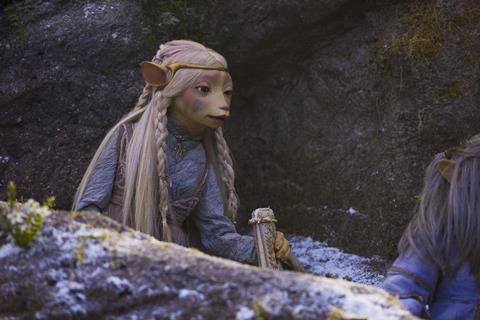








No comments yet